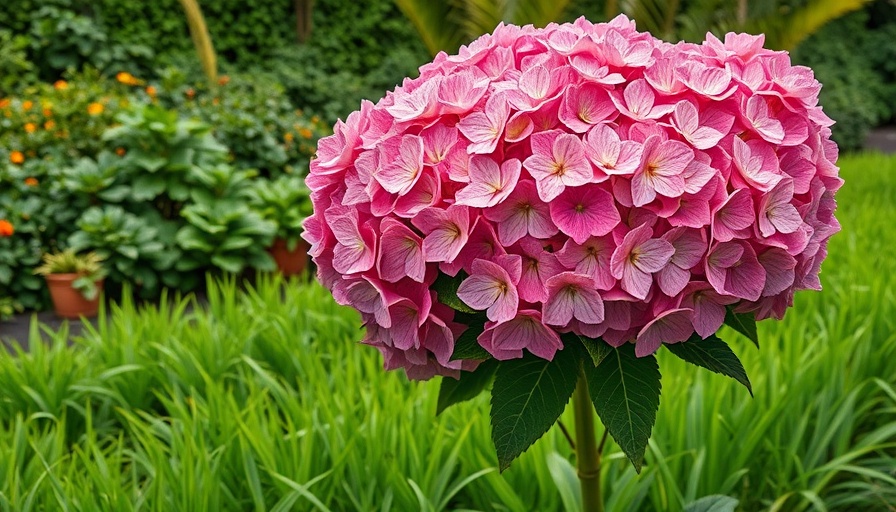
Transform Your Garden with Stunning Hydrangea Trees
Hydrangea trees are truly unique in the garden, standing tall with their impressive blooms. These woody perennials, scientifically known as Hydrangea paniculata, can elevate any garden, adding both height and visual interest. With proper care and understanding of their specific needs, you can enjoy their spectacular blossoms from summer through fall.
Understanding Hydrangea Trees
Unlike typical shrubs, hydrangea trees require careful shaping through pruning to develop their majestic tree-like appearance. While they are the same species as panicle hydrangeas, the way they grow sets hydrangea trees apart. These trees can soar up to 25 feet, depending on the variety, and bring vibrant life to your outdoor spaces.
Some popular cultivars include the 'Limelight', which boasts large blooms, and 'Bobo', a dwarf variety perfect for smaller gardens. Color variations range from striking whites to soft pinks, giving you plenty of options to match your garden's aesthetic.
Planting Your Hydrangea Tree
When planting a hydrangea tree, choose a location that gets plenty of sunlight, ideally at least four hours a day. To create a healthy start, amend the soil with organic matter for improved drainage and fertility. Dig a hole that is deep and twice as wide as the root ball and ensure to set the tree in the ground at the same depth it was in the pot.
For those who prefer not to wait for growth, purchasing a pre-pruned tree from a nursery is an excellent idea. This way, you can enjoy the splendors of hydrangea blooms while your new tree settles into its new space.
Caring for Your Hydrangea Trees
Essential care practices include consistent watering, especially in the first year, to help establish strong roots. You should never allow the soil to dry out completely, as this can stress the plant. Fertilizing your hydrangea tree twice a year with a balanced fertilizer will support healthy growth and vibrant blooms. Additionally, protecting your tree from harsh winds is crucial during its formative years.
Pruning Tips for Hydrangea Trees
Pruning hydrangea trees is an essential part of maintaining their structure and promoting blooms. Prune them during winter or early spring, targeting any crossed branches to encourage healthy growth. As blooms tend to develop on new wood, regular maintenance and careful pruning can amplify your tree's beauty.
Don’t be afraid to remove any dead or faded blossoms, or leave them to add winter appeal to your garden. Just ensure to keep a close watch for any pests or diseases like aphids or powdery mildew, which can be addressed with safe treatments.
Enhancing Your Garden with DIY Projects
Consider complementing your hydrangea trees with other gardening projects to enhance your outdoor space. Building elevated planter boxes or a rustic gate around your garden can provide both functionality and aesthetics. Using your hydrangea trees as a centerpiece, design backyard utility housing to seamlessly integrate beauty with practicality.
Conclusion
Creating a stunning hydrangea tree in your garden isn't just about planting; it requires understanding, patience, and some hands-on work. By choosing the right variety, providing appropriate care, and pairing your tree with thoughtful landscaping projects, you can transform your home into a vibrant, blooming sanctuary. Ready to dive into your gardening adventure? Start planning your backyard oasis today with these ideas!
 Add Row
Add Row 
 Add
Add 


Write A Comment